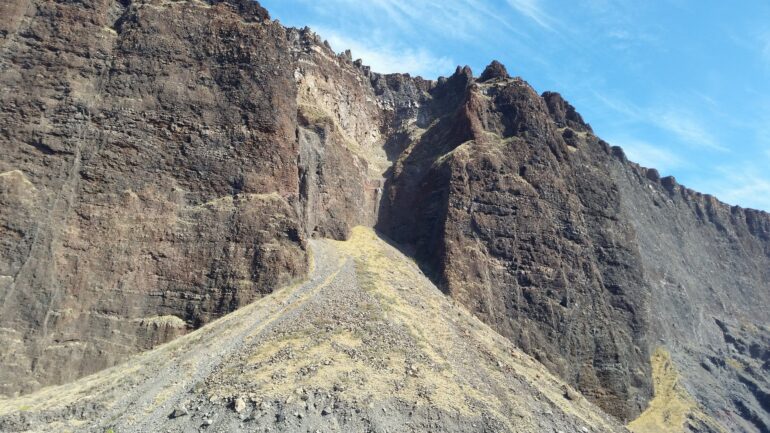TL;DR:
- Landslides pose global threats, and UCLA’s team employs AI to predict them.
- Artificial intelligence, a “superposable neural network (SNN),” considers diverse environmental factors.
- Transparency in communicating uncertainties and false alarms is a priority.
- UCLA’s research aids disaster preparedness by identifying high-risk areas.
- AI technology in landslide prediction opens new market opportunities for risk assessment and disaster management solutions.
Main AI News:
Landslides, which cause massive destruction and occur all over the world, present a formidable challenge to scientists and engineers at the University of California, Los Angeles (UCLA). Their mission is to comprehend the causes and effects of landslides and, to achieve this, they have turned to artificial intelligence (AI) for help.
The team of researchers, led by Kevin Shao, a doctoral graduate in Earth, planetary, and space sciences and co-first author of the AI landslide research, grapples with the complexity of predicting landslides. Shao emphasizes that the abundance of triggering factors, such as rainfall, steep slopes, earthquakes, and wildfires, along with the varying ways they interact, makes it exceptionally difficult to forecast landslides accurately.
To overcome this challenge, the team devised a novel AI method called a “superposable neural network (SNN).” This AI system takes into account a multitude of environmental variables by utilizing data from NASA’s Tropical Rainfall Measuring Mission (TRMM) for precipitation information and the Shuttle Radar Topography Mission for digital elevation data. By doing so, they can shed light on the contributions of different environmental conditions to landslide risk.
Addressing concerns about false alarms, Shao assures that the model incorporates statistical measures to assess and communicate uncertainties associated with its predictions. While acknowledging that no model is perfect, their AI aims to minimize false alarms and false positives, enhancing the reliability of landslide forecasts.
Beyond its scientific implications, UCLA’s research bears significant importance for disaster preparedness. By pinpointing areas at high risk of landsliding, the team empowers local authorities and communities to direct their monitoring and study efforts more effectively, potentially mitigating the impact of future landslides.
UCLA’s groundbreaking work in harnessing AI for landslide prediction marks a transformative milestone in the field. Their relentless pursuit of understanding and predicting landslides could usher in a future where communities are better prepared and the devastating consequences of landslides are minimized. As the team continues refining its AI system, the world eagerly anticipates a safer and more secure future in the face of this natural hazard.
Conclusion:
UCLA’s breakthrough in using artificial intelligence to predict landslides marks a significant advancement in disaster management. The development of the “superposable neural network (SNN)” allows for a more comprehensive understanding of the complex interplay of environmental factors leading to landslides. As this technology matures, it creates opportunities for businesses to enter the market with innovative risk assessment and disaster management solutions. Companies that leverage AI for predicting natural disasters can play a vital role in enhancing the safety and resilience of communities worldwide.

